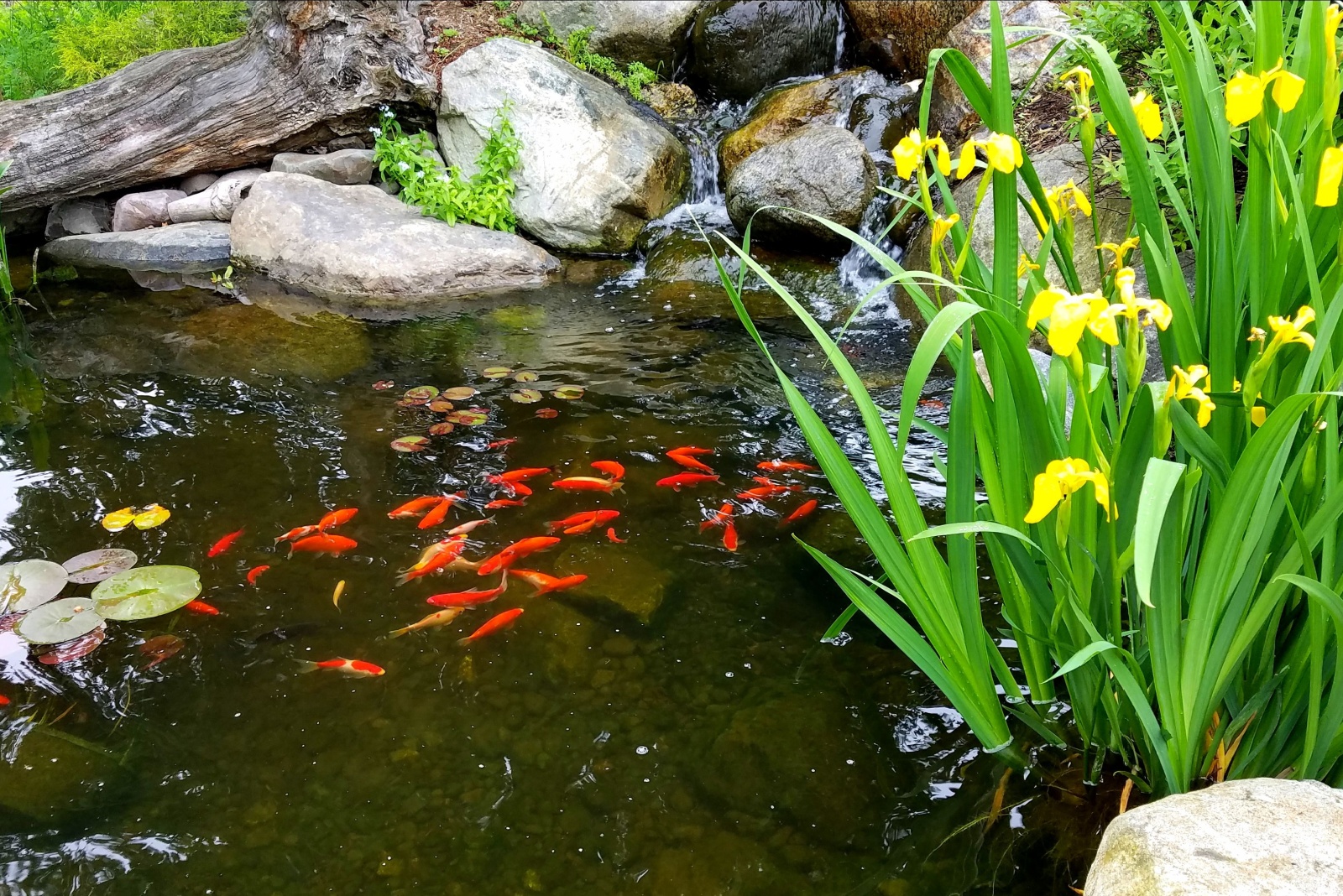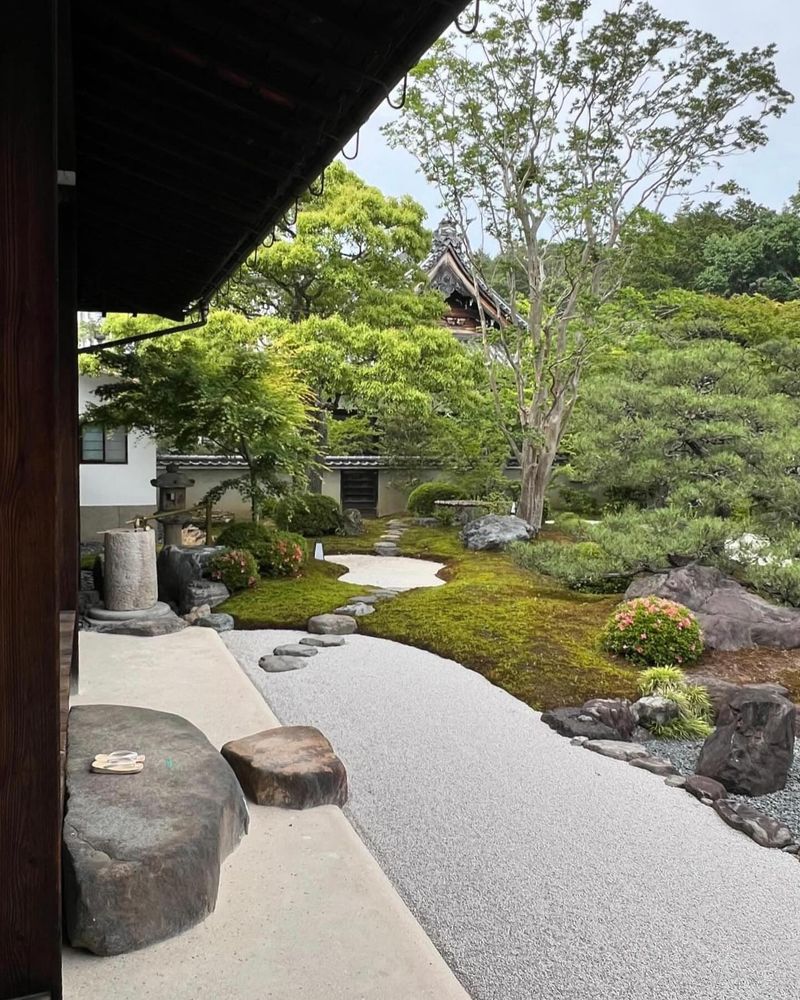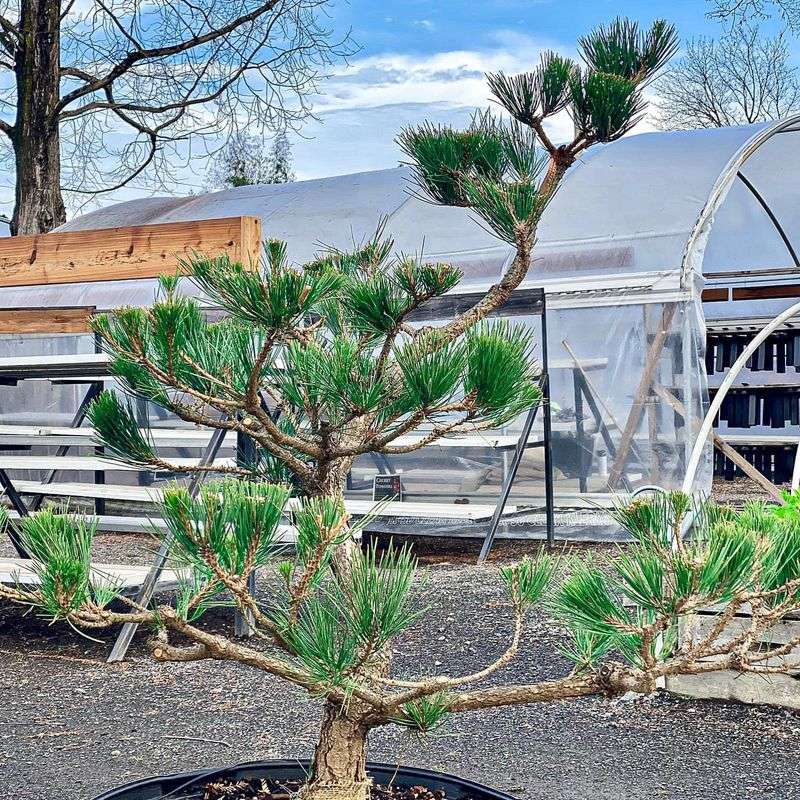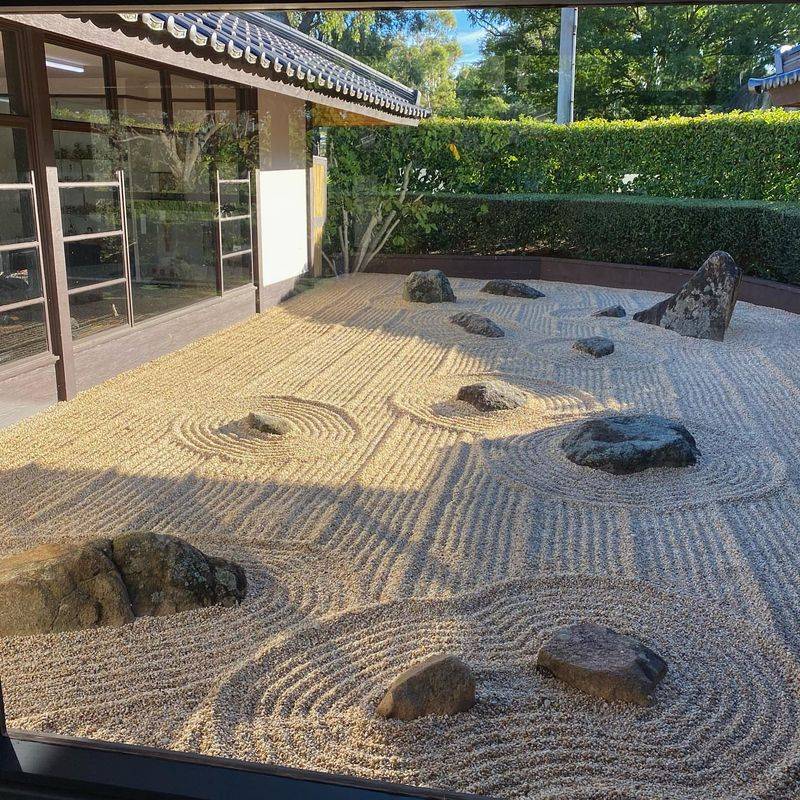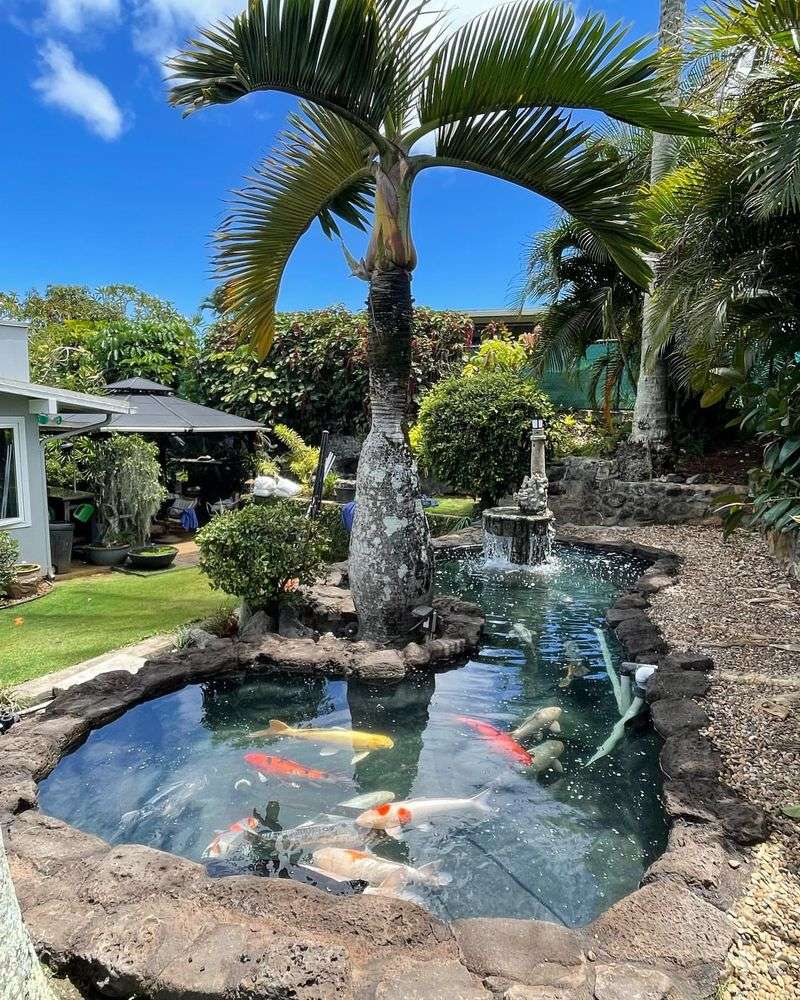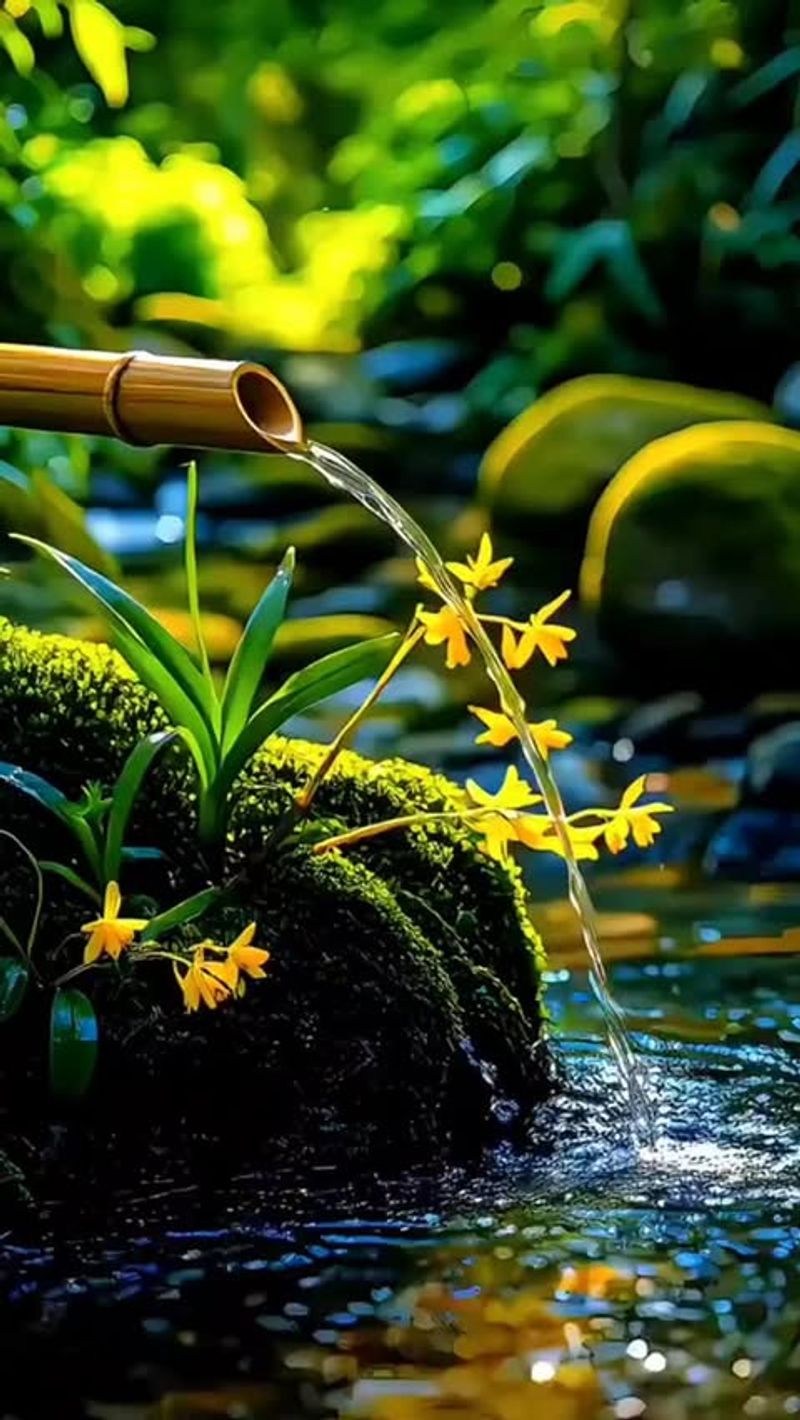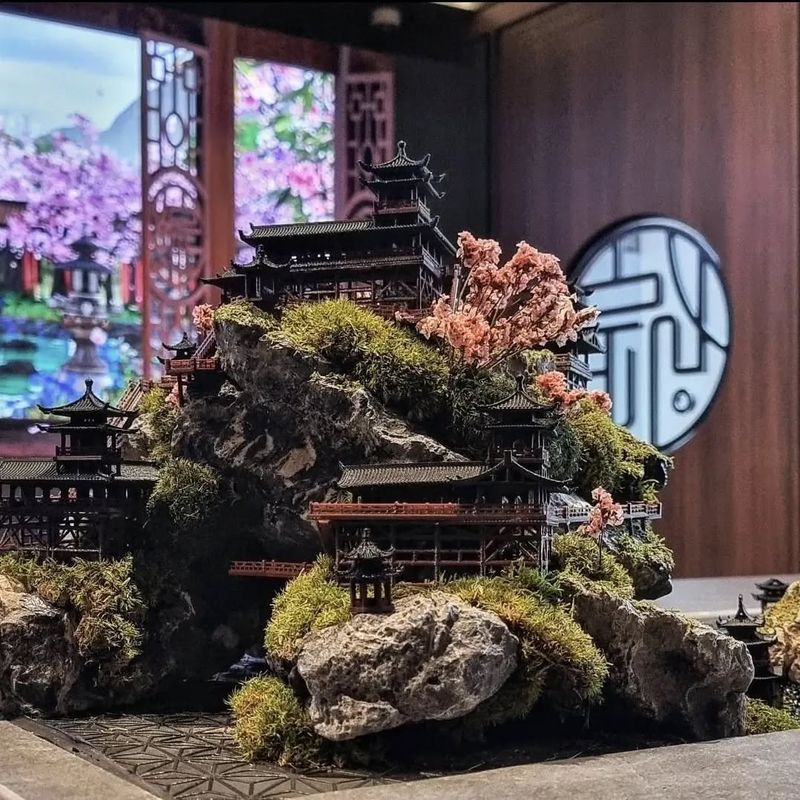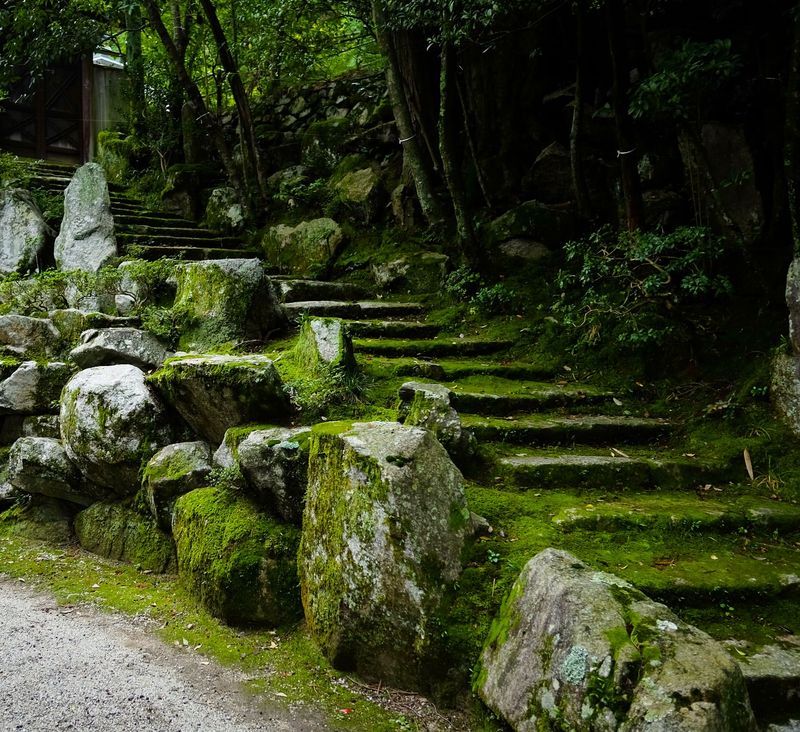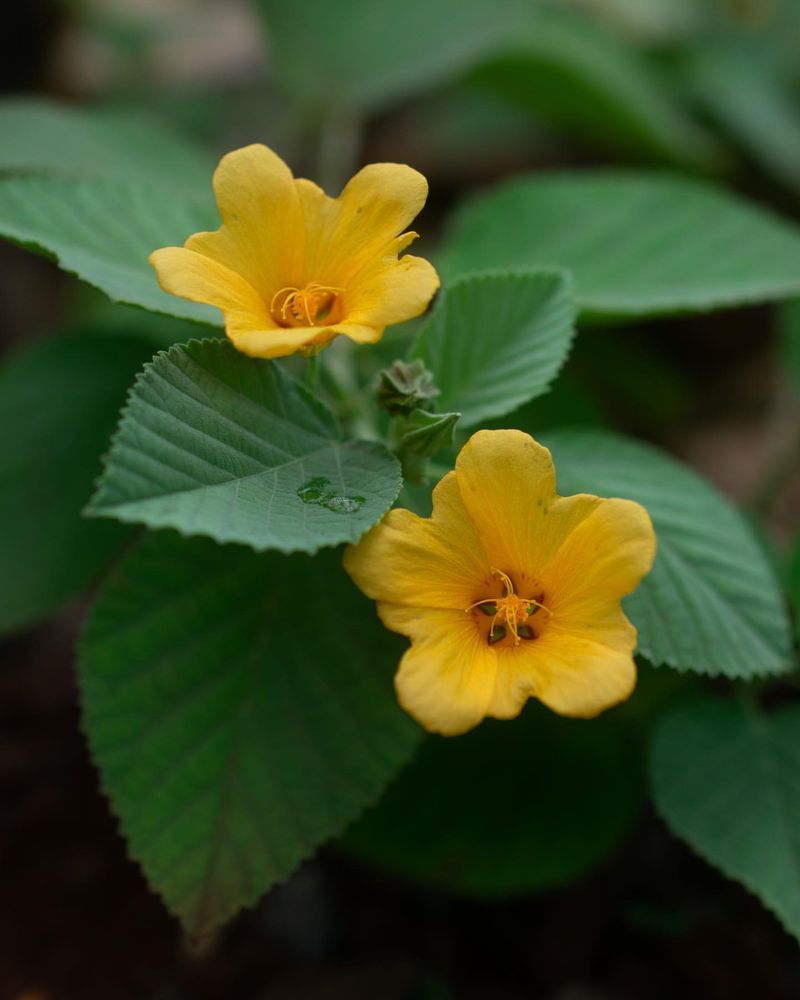When Japanese immigrants arrived in Hawaii in the late 1800s, they brought traditional gardening techniques that blended perfectly with the islands’ tropical climate. These ancient methods helped create harmony between Hawaiian landscapes and Japanese aesthetics, resulting in stunning gardens that continue to thrive today.
The fusion of these two cultures’ gardening wisdom created something uniquely beautiful that locals still practice.
1. Shakkei (Borrowed Scenery)
Hawaiian gardeners masterfully incorporate the islands’ dramatic volcanic peaks and ocean vistas directly into their garden designs. Mountains become living backdrops while carefully positioned plants frame distant ocean views.
Local gardeners position pavilions and resting areas to capture these natural wonders, creating an illusion that mountains miles away are part of your intimate garden space. The technique transforms even small gardens into seemingly boundless landscapes.
2. Niwaki Tree Pruning
Walk through Liliuokalani Gardens in Hilo and you’ll spot meticulously shaped trees that seem to dance with the wind. This isn’t random trimming but rather the precise art of niwaki – Japanese cloud pruning.
Unlike Western pruning that often creates uniform shapes, niwaki celebrates each tree’s natural character while guiding its growth. Hawaiian gardeners apply these techniques to local species like mock orange and juniper, creating sculptural forms that mimic windswept coastal trees.
3. Zen Rock Gardens (Karesansui)
Volcanic black sand and smooth lava rocks replace traditional white gravel in Hawaii’s adaptation of zen gardens. Carefully raked patterns symbolize ocean waves while standing stones represent islands or mountains rising from the sea.
Many Hawaiian hotels and meditation centers feature these contemplative spaces where visitors can quiet their minds. The contrast between dark volcanic materials and vibrant tropical surroundings creates a uniquely Hawaiian interpretation of this ancient Japanese meditation aid.
4. Koi Pond Management (Nishikigoi)
Colorful koi fish glide through ponds at Byodo-In Temple and numerous Hawaiian gardens, continuing a tradition that dates back centuries in Japan. The warm Hawaiian climate allows these ornamental carp to thrive year-round without the winter challenges faced in Japan.
Local gardeners have adapted traditional feeding and breeding techniques to suit Hawaii’s unique ecosystem. Many Hawaiian koi ponds incorporate native aquatic plants alongside traditional Japanese varieties, creating sustainable microhabitats that support both the fish and local wildlife.
5. Bamboo Water Features (Shishi-odoshi)
The gentle clack of bamboo water fountains echoes through many Hawaiian gardens. These tilting bamboo devices fill with water until they tip, striking a stone with a satisfying sound that traditionally scared away garden pests.
Hawaiian gardeners craft these features using locally grown bamboo, often incorporating lava rock bases instead of traditional granite. The rhythmic sound creates a meditative atmosphere while also serving the practical purpose of circulating water through garden ponds to prevent mosquito breeding.
6. Moss Cultivation (Koke)
Hawaii’s humid climate creates perfect conditions for the Japanese art of moss gardening. In shaded areas of Hawaiian gardens, velvety carpets of native and introduced moss species thrive year-round, requiring minimal maintenance compared to mainland varieties.
Garden caretakers at places like Lili’uokalani Gardens cultivate these living carpets using traditional Japanese techniques adapted for tropical conditions. Moss gardens provide cool, peaceful retreats during hot Hawaiian days while naturally preventing soil erosion on the islands’ volcanic slopes.
7. Stone Placement (Ishigumi)
Lava rocks dominate Hawaiian interpretations of ishigumi – the Japanese art of meaningful stone arrangement. Each stone’s position follows ancient principles that consider the rock’s character, orientation, and relationship to surrounding elements.
Hawaiian practitioners often incorporate culturally significant stones alongside traditional arrangements. At Honolulu’s Japanese garden, massive lava boulders appear to emerge naturally from the landscape, creating a sense of permanence and stability amid flowing water and swaying palms.
8. Native Plant Integration (Shizen)
Modern Hawaiian-Japanese gardens brilliantly blend native Hawaiian plants with traditional Japanese garden principles. Ohia lehua trees and native ferns replace Japanese maples, while ti plants provide the vertical structure typically created by bamboo.
This fusion honors both cultures while creating sustainable landscapes that thrive with minimal resources. The approach embraces the Japanese principle of shizen (naturalness) while celebrating Hawaii’s unique botanical heritage. Many public gardens now showcase this harmonious integration of ancient techniques with native flora.

